Voter insights powered by SurveyMonkey
From election trends to diversity in American life, we’re the trusted platform for insights on the issues that matter.
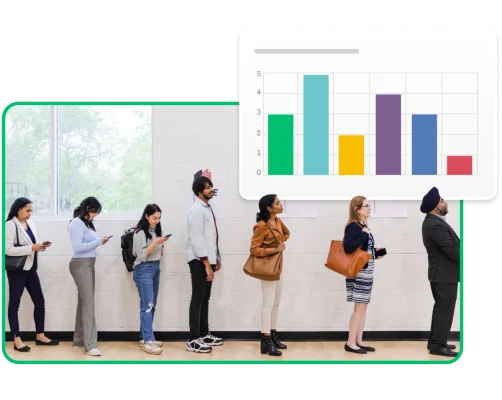
Learn about our latest research
Jump to: About election research | Featured SurveyMonkey research
NBC ELECTION POLLS POWERED BY SURVEYMONKEY
Inflation could be the key voting issue for Gen Z
Across party lines, cost of living is the issue that matters most to voters under 30 years old.
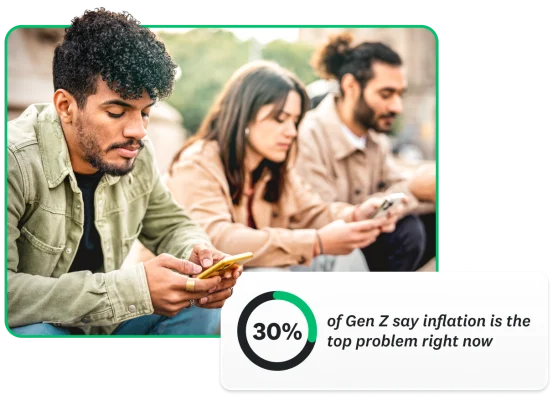

"NBC News has collaborated with SurveyMonkey for almost 10 years. Their extensive reach allows us to include a broad range of respondents in our surveys, comprised of hard-to-reach subpopulations that are critical to include to get it right."
Dr. John Lapinski, Director of Elections, NBC News
Learn more about our NBC News collaboration
THE 19TH NEWS POLLS POWERED BY SURVEYMONKEY
Among registered voters, Harris leads Trump by 3 points
Harris’s slight edge over Trump is propelled by women and non-binary voters; however, 10% of voters say they are undecided.
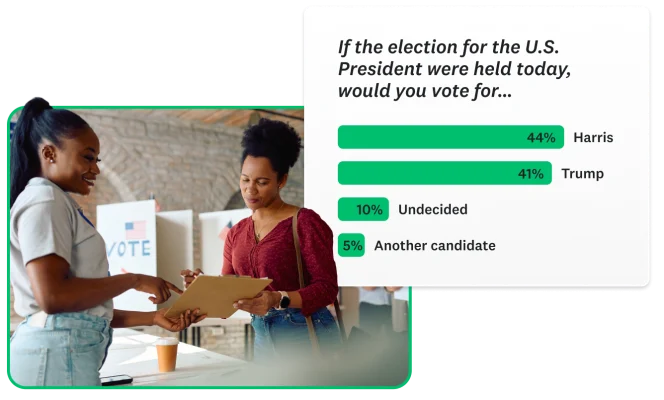
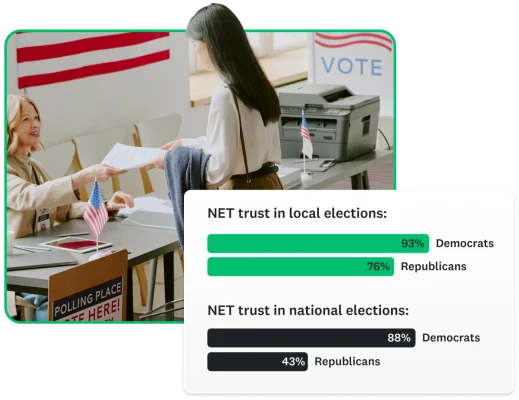
Americans trust local elections more than national
Voters express more confidence in the security and accuracy of local elections versus national. A full 56% of Republicans have no trust in the integrity of national elections.
The vast majority of Americans support access to reproductive care
About half of Americans want elected officials to actively protect access to reproductive care and about 40% believe officials should refrain from regulation.
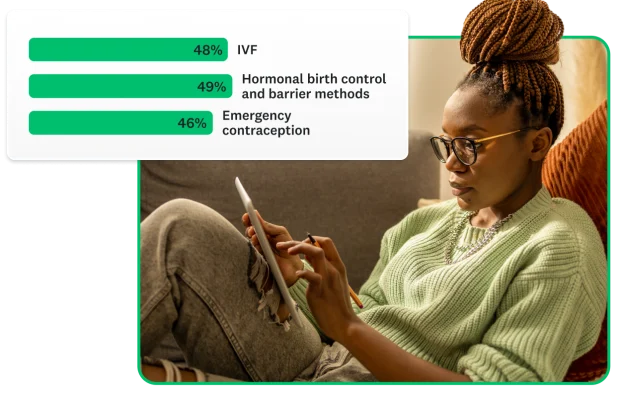

"At The 19th News, we’re committed to journalism that’s grounded in reliable and representative data. Our partnership with SurveyMonkey allows us to capture real-time reactions and insights into how people feel about the issues that drive our politics as news happens. SurveyMonkey empowers us as a news organization and deepens our understanding of American politics, social and economic issues, and the experiences of historically under-represented communities we serve, including women, people of color, and LGBTQ+ individuals."
Terri Rupar, Politics Editor, The 19th News
We answer 20M questions a day.
What's yours?
More research on the 2024 election and beyond
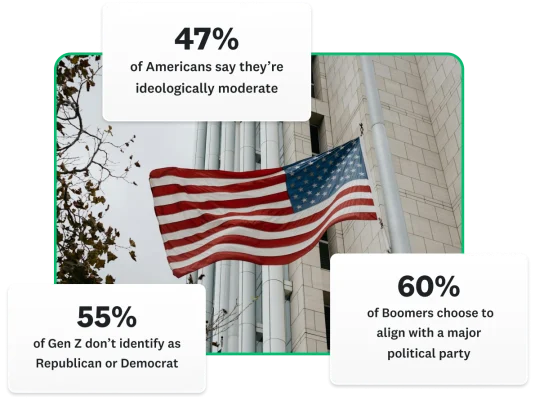
ORIGINAL RESEARCH
How is political identity evolving?
Finances loom large for retirees, and most rely on Social Security.
How did the presidential debate impact public opinion?
Inflation is a critical voting issue for small business owners
How are the experiences of Americans of color changing?
About election research
- Who was surveyed
- Data privacy and security
"In an age when election data can feel conflicting or unreliable, SurveyMonkey offers timely perspectives from a diverse range of people, reflecting all corners of our country. Given the scale of our platform, we can go beyond standard election research and buzzwords, providing valuable insights into the issues that matter right now."
Wendy Smith, Senior Manager, Research Science, SurveyMonkey